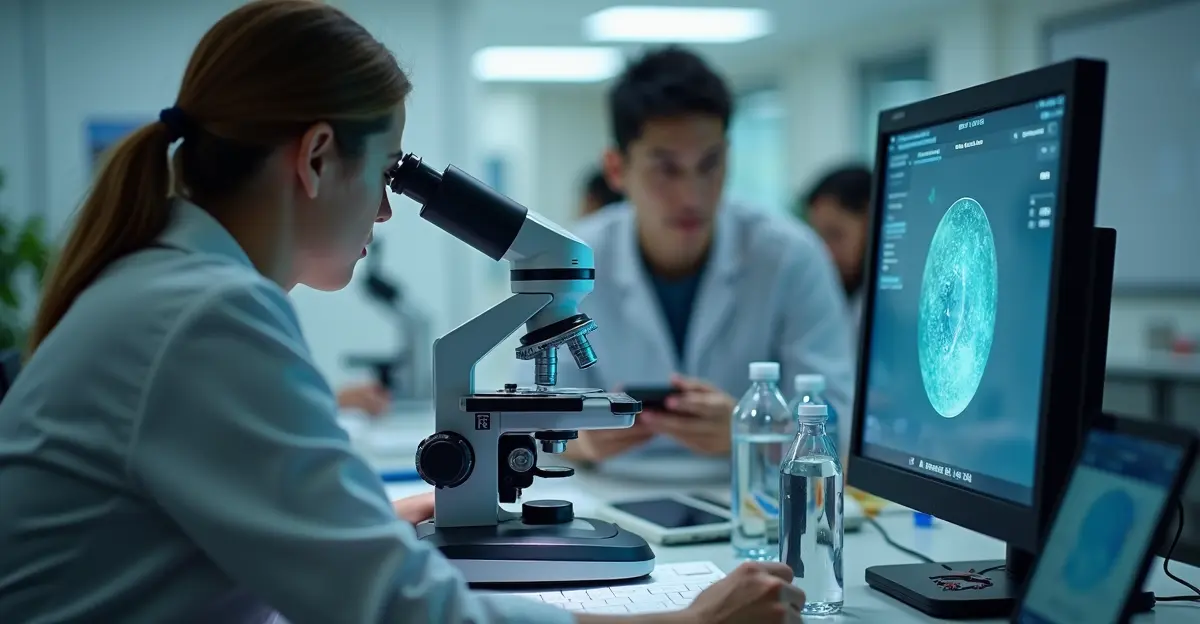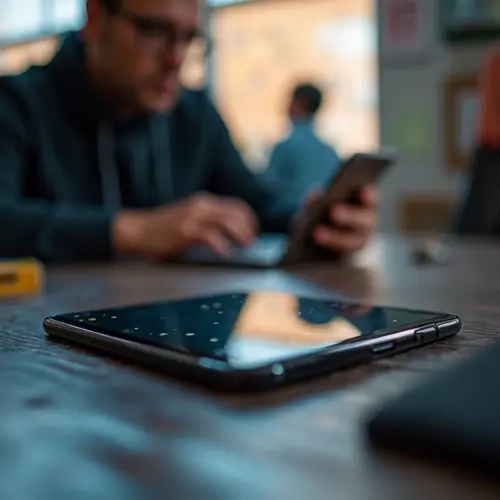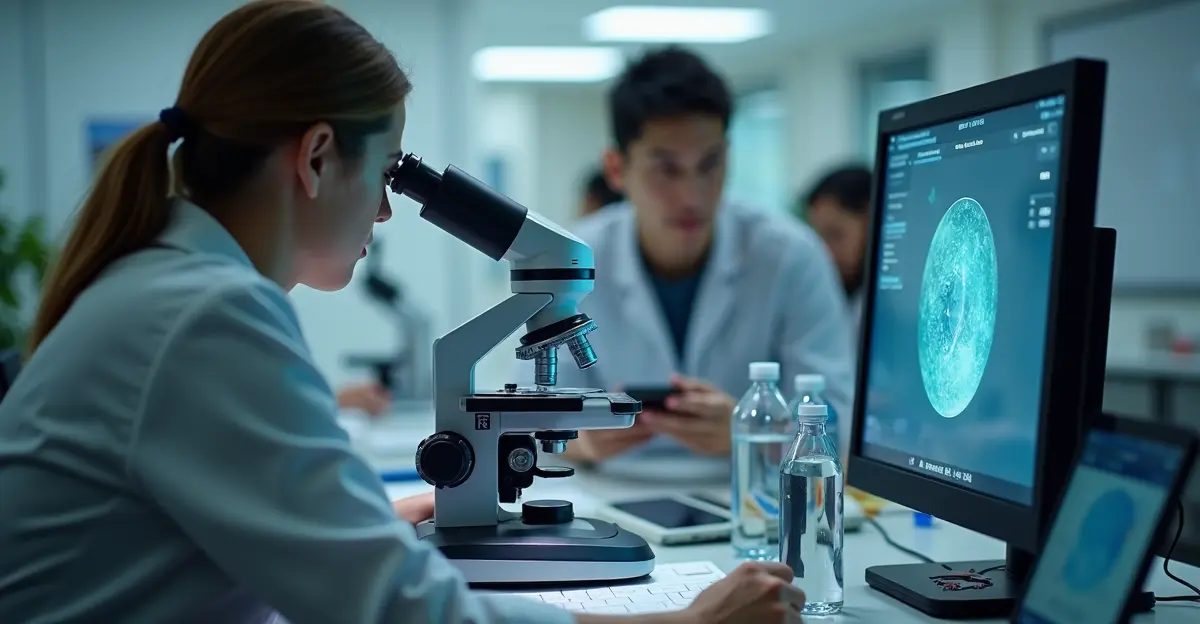
The Rise of Pocket-Sized Science
In an era where smartphones have become ubiquitous, researchers and citizen scientists are transforming these everyday devices into powerful scientific tools. The latest innovation in mobile microscopy is enabling people around the world to conduct sophisticated scientific observations and medical diagnostics at a fraction of traditional costs.
How Smartphone Microscopes Work
Smartphone microscopes typically use clip-on attachments or specially designed lenses that connect directly to a phone's camera. The most advanced models can achieve magnification levels up to 140x, allowing users to view microorganisms, cells, and even detect pathogens in water samples. Some systems, like the Foldscope developed by Stanford researchers, cost less than $1 to produce and can be assembled in minutes using paper-based materials.
Educational Applications
Schools and educational institutions are embracing smartphone microscopy as a way to make science more accessible. Students can now examine pond water, plant cells, and microorganisms without needing expensive laboratory equipment. The technology is particularly valuable in remote areas and developing countries where traditional microscopes are scarce or unaffordable.
Medical Diagnostics Revolution
Perhaps the most significant impact is in medical diagnostics. Researchers at the University of Houston have developed smartphone-based fluorescence microscopy systems capable of detecting waterborne pathogens like Giardia lamblia and Cryptosporidium parvum. These systems achieve resolution of up to 2 microns, making them suitable for field diagnostics in rural clinics and remote areas.
Citizen Science Movement
The citizen science movement has embraced smartphone microscopy, with thousands of volunteers worldwide contributing to research projects. From monitoring water quality to studying plant diseases, ordinary people are now participating in scientific discovery. Platforms like Foldscope Explore allow users to share their findings and contribute to global scientific databases.
Market Growth and Future Trends
The smartphone microscopes market is experiencing rapid growth, estimated at $1.2 billion in 2024 and projected to reach $2.5 billion by 2033. Key trends include AI-powered image analysis, modular attachments for different magnification levels, and cloud-based collaboration platforms that enable real-time sharing of microscopic images.
Challenges and Opportunities
While smartphone microscopy offers tremendous potential, challenges remain in achieving laboratory-grade resolution and ensuring compatibility across different smartphone models. Regulatory approval for medical diagnostics also presents hurdles. However, the technology continues to improve, with researchers developing increasingly sophisticated systems that rival traditional microscopes in performance while maintaining affordability.
The democratization of microscopy through smartphone technology represents a significant shift in how scientific research and medical diagnostics are conducted. As these tools become more accessible and sophisticated, they promise to transform education, healthcare, and scientific discovery worldwide.

 Nederlands
Nederlands
 English
English
 Français
Français
 Deutsch
Deutsch
 Español
Español
 Português
Português









